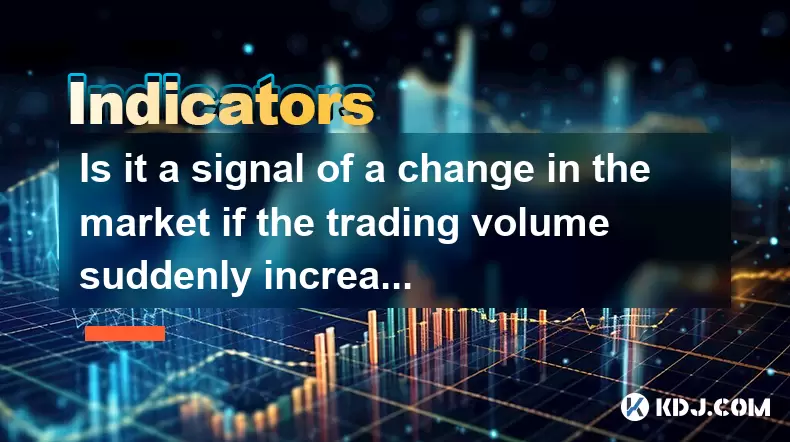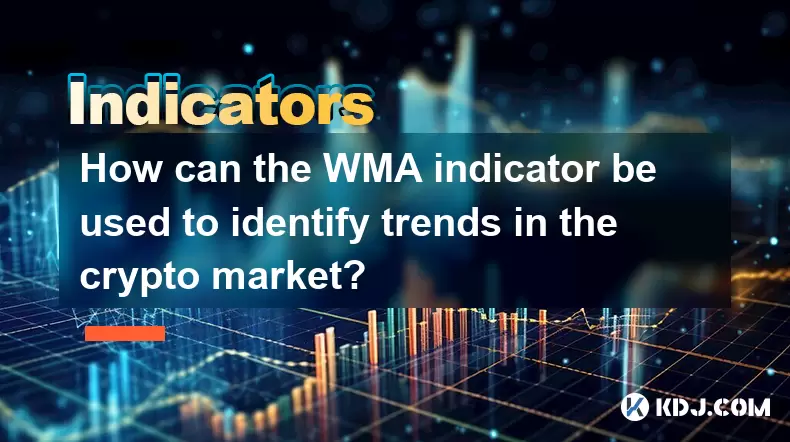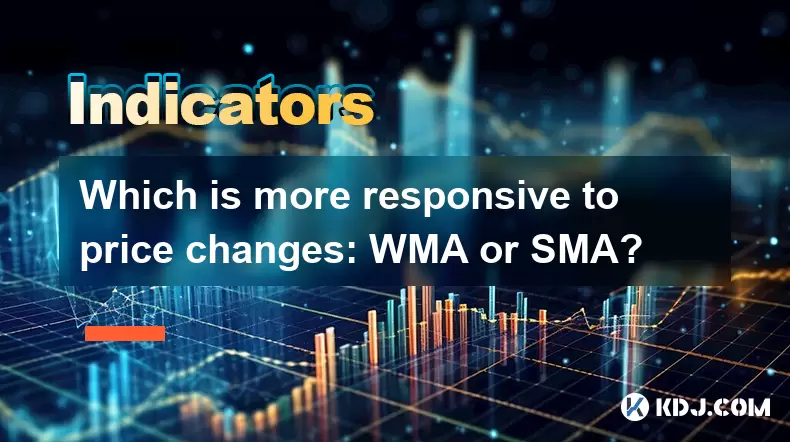-
 Bitcoin
Bitcoin $118300
-0.58% -
 Ethereum
Ethereum $3825
0.11% -
 XRP
XRP $3.137
-0.71% -
 Tether USDt
Tether USDt $0.9999
-0.01% -
 BNB
BNB $803.9
-3.37% -
 Solana
Solana $181.5
-1.94% -
 USDC
USDC $0.9999
0.01% -
 Dogecoin
Dogecoin $0.2238
-2.51% -
 TRON
TRON $0.3358
2.12% -
 Cardano
Cardano $0.7844
-2.16% -
 Hyperliquid
Hyperliquid $43.31
-1.48% -
 Sui
Sui $3.807
-4.04% -
 Stellar
Stellar $0.4203
-1.96% -
 Chainlink
Chainlink $17.79
-3.00% -
 Bitcoin Cash
Bitcoin Cash $567.8
-1.34% -
 Hedera
Hedera $0.2614
-4.30% -
 Avalanche
Avalanche $24.19
-4.46% -
 Litecoin
Litecoin $109.2
-0.74% -
 UNUS SED LEO
UNUS SED LEO $8.969
-0.01% -
 Toncoin
Toncoin $3.404
3.97% -
 Ethena USDe
Ethena USDe $1.001
-0.01% -
 Shiba Inu
Shiba Inu $0.00001307
-3.19% -
 Uniswap
Uniswap $10.33
-1.23% -
 Polkadot
Polkadot $3.884
-4.06% -
 Monero
Monero $312.9
-1.87% -
 Dai
Dai $1.000
0.01% -
 Bitget Token
Bitget Token $4.537
-2.24% -
 Pepe
Pepe $0.00001156
-3.40% -
 Cronos
Cronos $0.1437
-0.89% -
 Aave
Aave $282.8
-2.77%
Is it a signal of a change in the market if the trading volume suddenly increases by more than three times?
A sudden surge in trading volume often signals key market catalysts like news, manipulation, or shifting investor sentiment, making it crucial to analyze alongside price action and technical indicators.
Jun 19, 2025 at 09:28 am

Understanding Sudden Surges in Trading Volume
A sudden increase in trading volume—particularly one that exceeds three times the average—is a significant event in the cryptocurrency market. Such spikes can indicate various underlying dynamics, including shifts in investor sentiment, reactions to news, or even manipulation attempts. In crypto, where volatility is inherent, understanding what drives these volume surges becomes essential for traders and analysts alike.
Sudden increases in trading volume are not random occurrences; they often reflect specific catalysts within the market ecosystem.
One of the most common reasons behind a spike in volume is breaking news or announcements related to a particular cryptocurrency. These could include regulatory updates, major partnerships, exchange listings, or technological upgrades. When such information surfaces, it typically triggers a wave of buying or selling activity as investors react quickly to new data.
Another factor could be market manipulation tactics, particularly in smaller or less liquid cryptocurrencies. Whales or large holders may intentionally create artificial volume by placing large trades to attract retail buyers or sellers, thereby influencing price movements.
How to Analyze Increased Trading Volume
Analyzing a sudden surge in trading volume involves more than just observing the numbers on a chart. It requires a multi-dimensional approach that includes technical analysis, sentiment tracking, and correlation with other indicators.
The first step is to compare the current volume against historical averages. This comparison helps determine whether the increase is truly anomalous or part of a recurring pattern. Tools like the Volume Weighted Average Price (VWAP) or On-Balance Volume (OBV) can provide deeper insights into how volume interacts with price movement.
Next, correlate the volume spike with recent events or announcements. Was there a major partnership announced? Did a prominent figure in the crypto space tweet about the asset? These types of events can offer context for why volume has increased.
Monitoring order book depth and trade size distribution also provides clues. If the surge is driven by numerous small trades, it might suggest organic interest from retail investors. Conversely, if a few large orders dominate the volume, it could point to institutional involvement or manipulation.
Differentiating Between Bullish and Bearish Volume Spikes
Not all volume spikes are created equal. The direction of the price movement accompanying the volume increase determines whether the signal is bullish or bearish.
If volume rises alongside an upward price movement, it is generally considered a bullish sign. This suggests strong buying pressure and growing confidence in the asset's value. Traders often interpret this as a potential continuation of the uptrend.
Conversely, a sharp increase in volume paired with a falling price signals strong selling pressure. This type of volume spike is usually viewed as bearish and may indicate panic selling, profit-taking, or a fundamental reassessment of the asset’s value.
It's also crucial to examine volume divergence. For instance, if prices are rising but volume is decreasing, it could imply weakening momentum. Similarly, if prices fall but volume remains low, it may mean that sellers are exhausted and a reversal is possible.
Technical Indicators That Complement Volume Analysis
To gain a more comprehensive view of market conditions during a volume spike, traders often rely on complementary technical indicators.
The Relative Strength Index (RSI) is commonly used to assess overbought or oversold conditions. A high RSI combined with a volume spike might indicate exhaustion in the current trend.
Moving Averages, especially the 50-day and 200-day lines, help identify broader trends. If volume surges while breaking above or below these levels, it adds weight to the significance of the move.
Bollinger Bands can also be useful. A breakout accompanied by a surge in volume outside the bands might confirm a powerful move rather than a false breakout.
Volume Profile tools allow traders to see where most of the trading activity occurred at different price levels. This can highlight key support and resistance zones formed during high-volume periods.
Case Studies: Notable Examples of Volume Surges in Crypto Markets
Historically, several notable volume spikes have occurred in the crypto markets, offering real-world examples of how such events unfold.
Bitcoin's 2017 bull run was marked by dramatic increases in volume, especially around December when BTC reached nearly $20,000. During that period, daily trading volumes frequently exceeded three times the prior averages, signaling widespread retail participation and media attention.
Ethereum’s London Upgrade in August 2021 triggered a surge in ETH trading volume as investors speculated on the implications of reduced issuance and improved network efficiency. The volume spike coincided with a substantial price rally.
Meme coins like Dogecoin and Shiba Inu have seen extreme volume increases due to social media hype, particularly when figures like Elon Musk tweeted about them. These cases often show how non-fundamental factors can drive extraordinary trading activity.
These case studies demonstrate that volume spikes can serve as leading indicators, but their interpretation must always consider the broader context, including price action and external events.
Frequently Asked Questions
What does a sudden volume increase without price change signify?
A rise in volume without corresponding price movement may indicate accumulation or distribution at a key support/resistance level. It suggests that informed players are entering or exiting positions without triggering a breakout yet.
Can fake volume affect the reliability of volume spikes as signals?
Yes, some exchanges report inflated or fake volume, especially in lesser-known altcoins. It's important to verify volume data across multiple platforms and consider using on-chain metrics or exchange-specific filters.
Should I trade based solely on a volume spike?
Trading decisions should never rely on a single metric. Volume spikes are useful but must be corroborated with price action, technical indicators, and contextual factors before making any trade.
How do I differentiate between organic and manipulated volume?
Look at the trade composition. Organic volume tends to come from many small-to-medium-sized trades, while manipulated volume often shows up as large, repetitive trades within short intervals, sometimes followed by rapid reversals.
Disclaimer:info@kdj.com
The information provided is not trading advice. kdj.com does not assume any responsibility for any investments made based on the information provided in this article. Cryptocurrencies are highly volatile and it is highly recommended that you invest with caution after thorough research!
If you believe that the content used on this website infringes your copyright, please contact us immediately (info@kdj.com) and we will delete it promptly.
- Ozak AI Presale: Your Chance to Turn 1 ETH into 20? A Crypto Investment Deep Dive
- 2025-07-30 15:50:12
- IPO, Bitcoin, and Treasury: A New Era of Crypto Investment?
- 2025-07-30 14:30:12
- Bitcoin, Binance, and Whales: Decoding the Latest Market Moves
- 2025-07-30 14:50:12
- Bitcoin, Binance, and Whales: Decoding the $1.2B Shuffle
- 2025-07-30 16:10:12
- MultiBank Group's $MBG Token: Bridging TradFi and Web3 with LBank Listing
- 2025-07-30 16:10:12
- NFTs: Punks, Penguins, and the Market's Mosh Pit
- 2025-07-30 16:16:00
Related knowledge

What are the best WMA settings for day trading crypto?
Jul 30,2025 at 03:43pm
Understanding WMA in the Context of Crypto Day TradingThe Weighted Moving Average (WMA) is a technical indicator that assigns greater importance to re...

How can the WMA indicator be used to identify trends in the crypto market?
Jul 30,2025 at 04:56pm
Understanding the WMA Indicator in Cryptocurrency TradingThe Weighted Moving Average (WMA) is a technical analysis tool that assigns greater importanc...

What are the advantages of using the WMA indicator for crypto?
Jul 30,2025 at 03:21pm
Understanding the WMA Indicator in Cryptocurrency TradingThe Weighted Moving Average (WMA) is a technical analysis tool widely used in cryptocurrency ...

Which is more responsive to price changes: WMA or SMA?
Jul 30,2025 at 05:00pm
Understanding Weighted Moving Average (WMA)The Weighted Moving Average (WMA) assigns greater importance to recent price data, making it inherently mor...

What are the main differences between WMA, SMA, and EMA in crypto?
Jul 30,2025 at 02:50pm
Understanding the Role of Private Keys in Cryptocurrency WalletsEvery cryptocurrency wallet operates based on cryptographic principles, with the priva...

How is the WMA indicator calculated in cryptocurrency trading?
Jul 30,2025 at 02:35pm
Understanding the Weighted Moving Average (WMA) in Cryptocurrency TradingThe Weighted Moving Average (WMA) is a technical analysis tool widely used in...

What are the best WMA settings for day trading crypto?
Jul 30,2025 at 03:43pm
Understanding WMA in the Context of Crypto Day TradingThe Weighted Moving Average (WMA) is a technical indicator that assigns greater importance to re...

How can the WMA indicator be used to identify trends in the crypto market?
Jul 30,2025 at 04:56pm
Understanding the WMA Indicator in Cryptocurrency TradingThe Weighted Moving Average (WMA) is a technical analysis tool that assigns greater importanc...

What are the advantages of using the WMA indicator for crypto?
Jul 30,2025 at 03:21pm
Understanding the WMA Indicator in Cryptocurrency TradingThe Weighted Moving Average (WMA) is a technical analysis tool widely used in cryptocurrency ...

Which is more responsive to price changes: WMA or SMA?
Jul 30,2025 at 05:00pm
Understanding Weighted Moving Average (WMA)The Weighted Moving Average (WMA) assigns greater importance to recent price data, making it inherently mor...

What are the main differences between WMA, SMA, and EMA in crypto?
Jul 30,2025 at 02:50pm
Understanding the Role of Private Keys in Cryptocurrency WalletsEvery cryptocurrency wallet operates based on cryptographic principles, with the priva...

How is the WMA indicator calculated in cryptocurrency trading?
Jul 30,2025 at 02:35pm
Understanding the Weighted Moving Average (WMA) in Cryptocurrency TradingThe Weighted Moving Average (WMA) is a technical analysis tool widely used in...
See all articles

























































































